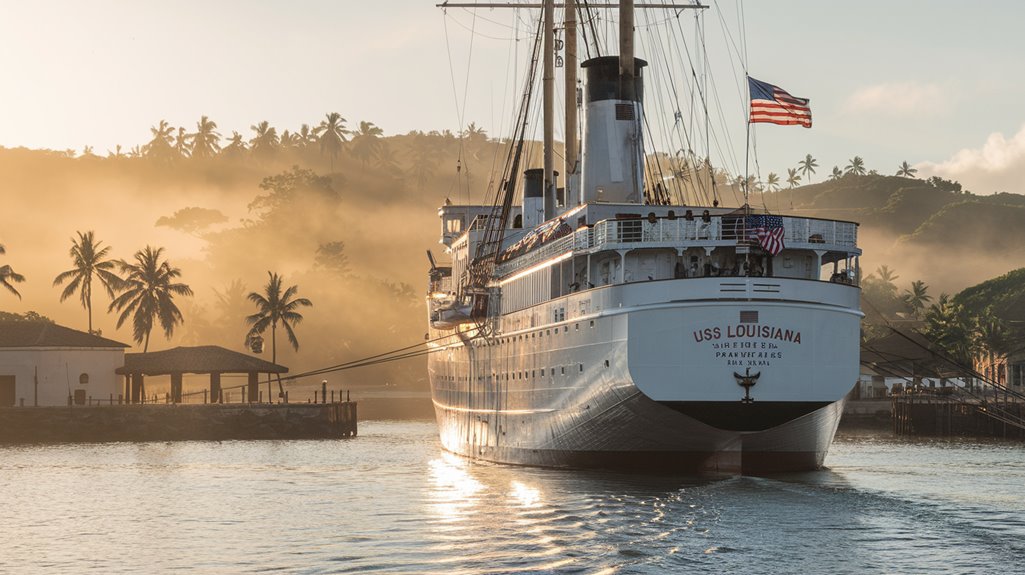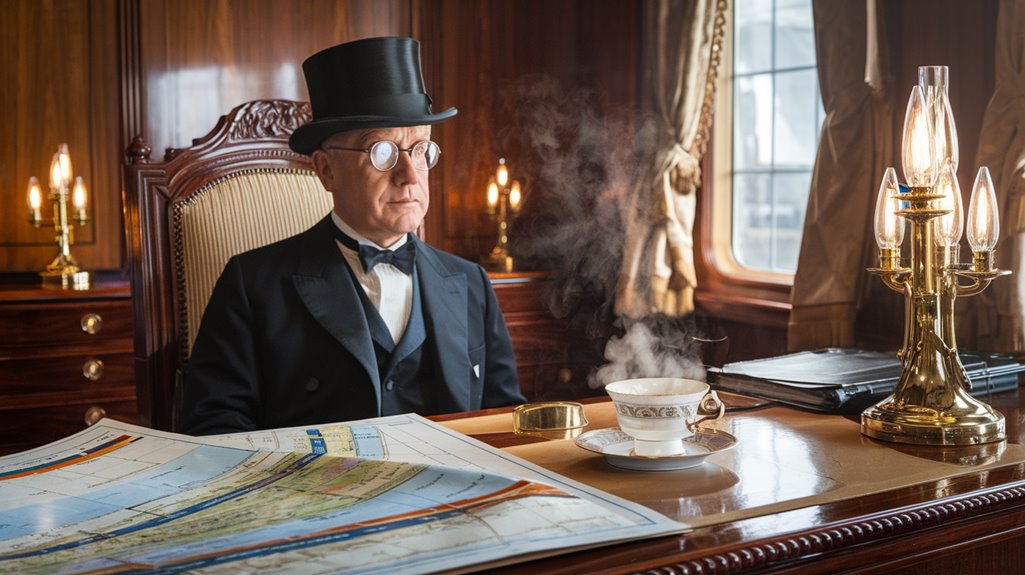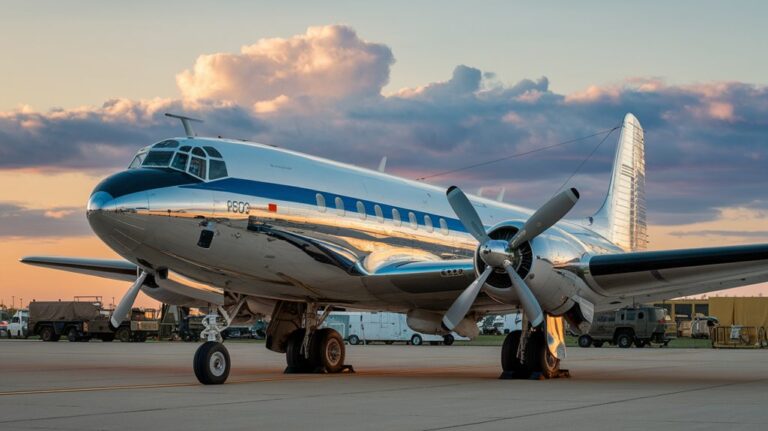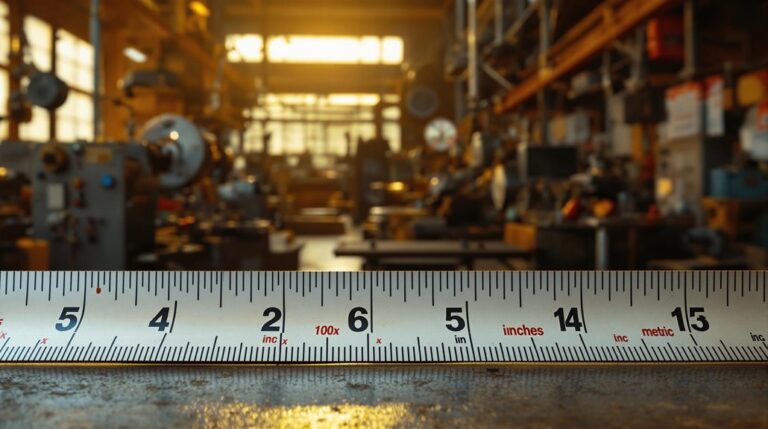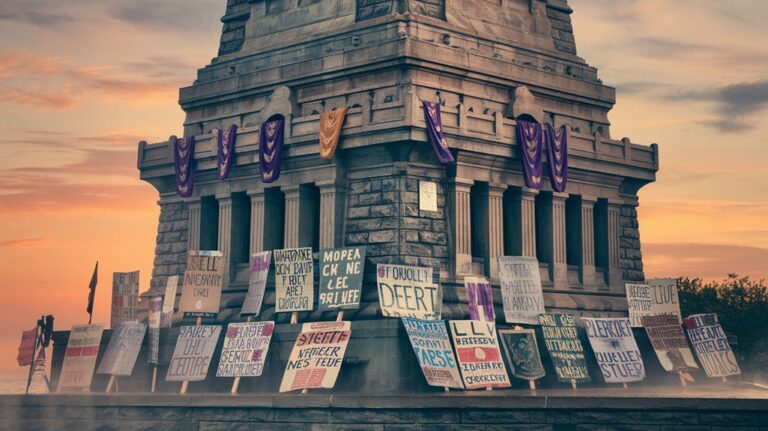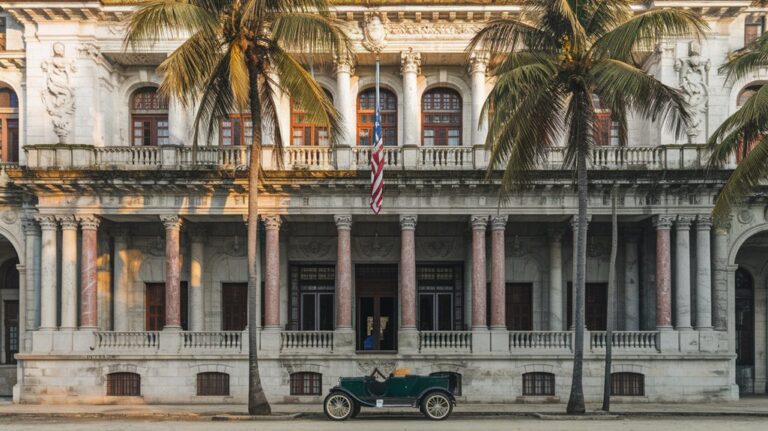Theodore Roosevelt Was the First Sitting President to Travel Abroad
You might be surprised to learn that for over a century, U.S. presidents stayed firmly within America's borders while in office. That changed in 1906 when Theodore Roosevelt broke this unwritten rule by heading to Panama. While today's presidents regularly jet across the globe, Roosevelt's 17-day journey marked a bold departure from isolationist traditions. His decision to inspect the Panama Canal's construction firsthand launched a new chapter in presidential diplomacy that would reshape America's role on the world stage.
A Historic Journey Across Borders
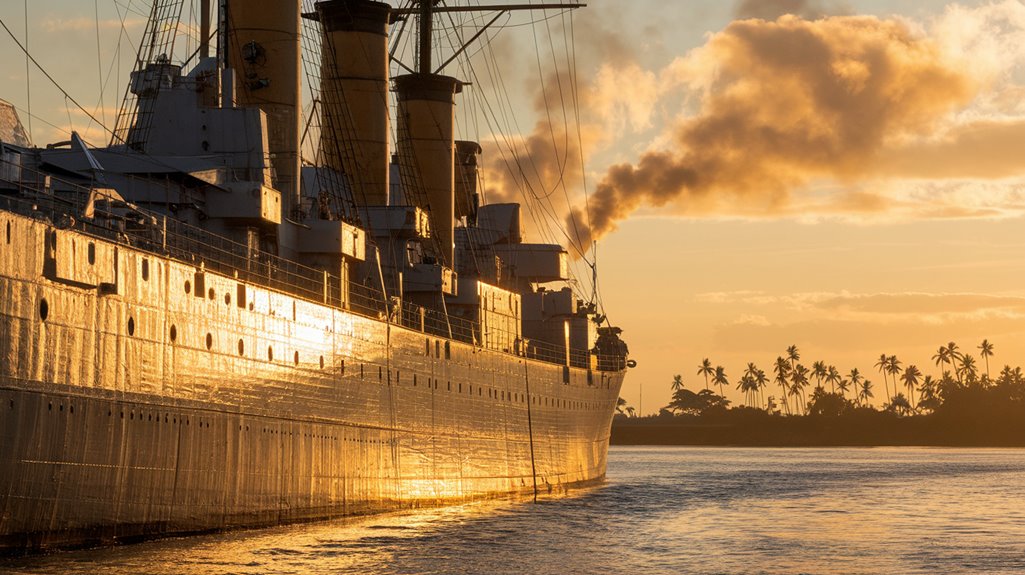
While previous presidents had traveled abroad before or after their terms, Theodore Roosevelt made history in 1906 as America's first sitting president to venture beyond U.S. borders. His groundbreaking 17-day journey to Panama set a new standard for presidential travel and marked a significant shift in U.S. foreign policy engagement. The Spanish-American War in 1898 had established America as a global superpower, setting the stage for Roosevelt's bold international leadership.
Roosevelt's commitment to Big Stick Diplomacy shaped his approach to international relations during this historic visit. He went to inspect the Panama Canal's construction, demonstrating hands-on leadership by examining the massive project personally.
Panama's leaders welcomed him with full honors, including a parade complete with marching bands and mounted police escorts. He met with Panama's first president, Manuel Amador Guerrero, at the construction site and even operated a steam shovel, showing his characteristic enthusiasm for direct involvement.
The Panama Canal: Roosevelt's Vision in Action
When Theodore Roosevelt championed the Panama Canal project, he wasn't just pursuing an engineering marvel – he was reshaping America's role in global trade and naval power. His hands-on leadership transformed an ambitious Canal Engineering feat into a national mission, pushing through unprecedented challenges like massive landslides and tropical diseases. Track shifters and modern steam shovels helped overcome the massive excavation challenges.
You'll find Roosevelt's dedication to the project reflected in his 1906 visit to Panama, where he personally inspected the construction and boosted worker morale. Under his direction, Col. George Goethals was appointed as chief engineer to lead the massive undertaking.
Understanding the Strategic Importance of a 50-mile shortcut between oceans, he saw the canal as essential for both commercial shipping and naval operations.
Through his forceful leadership and willingness to take risks, Roosevelt turned what many considered impossible into reality, setting the stage for America's emergence as a global power while revolutionizing international maritime trade.
Breaking Presidential Traditions
Theodore Roosevelt's dedication to the Panama Canal project sparked an even bolder break from tradition – becoming the first sitting U.S. President to travel abroad.
When you consider the isolationist stance of America at that time, you'll understand just how revolutionary this decision was. No President had ever ventured beyond U.S. territories while in office.
Roosevelt's approach to Presidential diplomacy reflected his broader vision of expanding American influence. After his historic Panama visit, he continued pushing American interests by enforcing the Roosevelt Corollary throughout Latin America.
You can see how his 1906 trip to Panama wasn't just about inspecting canal construction – it was a statement about global engagement and America's growing role on the world stage.
Diplomatic Impact and International Relations
Under Roosevelt's leadership, America's diplomatic influence expanded dramatically on the global stage. His active engagement in diplomatic negotiations transformed the U.S. from an isolated nation into a respected world power. You'll find his most notable achievement in mediating the Russo-Japanese War, which earned him the Nobel Peace Prize.
When issues arose during international negotiations, Roosevelt ensured that clear instructions were provided to all diplomatic parties to maintain productive dialogue. Roosevelt's approach to global influence was both bold and strategic. You can see this in his Roosevelt Corollary, which asserted America's right to intervene in Latin American affairs to prevent European involvement.
He strengthened ties with Great Britain, promoted the Open Door Policy in China, and used arbitration to resolve international disputes. Through these actions, you'll recognize how he established a new precedent for American presidents to actively shape international relations.
Legacy of Presidential Travel
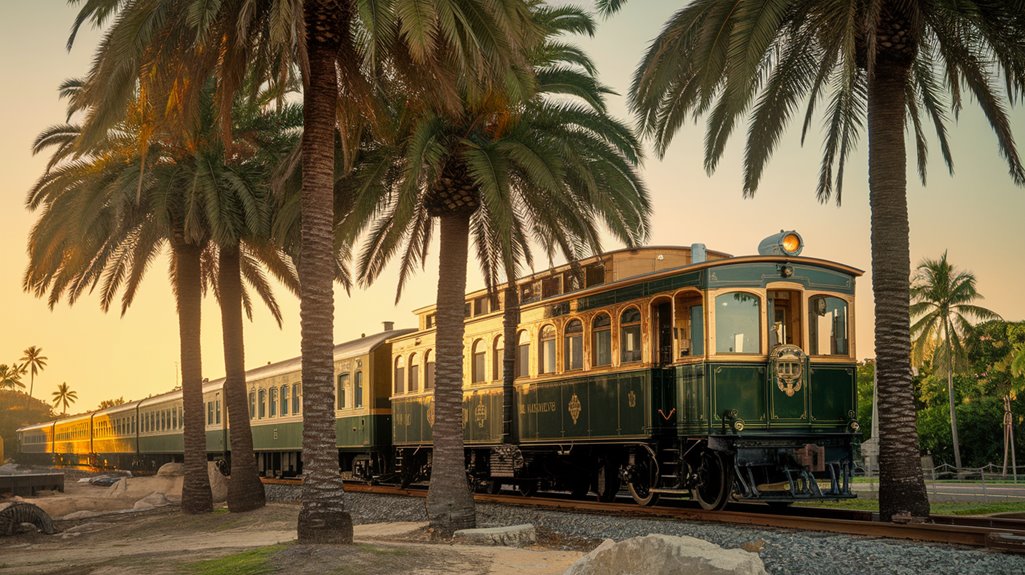
Roosevelt's groundbreaking trip to Panama in 1906 marked a new chapter in American presidential history, transforming how future leaders would engage with the world.
By setting this presidential precedent, he paved the way for a dramatic travel evolution that would shape U.S. foreign relations for generations to come.
You'll see this impact most clearly in the dramatic increase of presidential travel after World War II. Later presidents like Eisenhower made 118 international trips during his time in office, showing just how much presidential travel had evolved. From FDR's 22 overseas trips during his presidency to today's extensive international schedules, you're witnessing the continuation of Roosevelt's legacy.
Modern presidents now routinely use foreign travel as a tool to bypass domestic gridlock, boost approval ratings, and advance U.S. interests abroad.
While the costs of presidential travel have grown considerably, with Air Force One operations alone exceeding $176,000 per hour, the diplomatic value of these trips remains substantial.
Beyond Panama: Lasting Effects on U.S. Foreign Policy
While the Panama Canal project captured headlines, the lasting effects of Roosevelt's foreign policy decisions stretched far beyond Central America.
You'll find his interventionist policies shaped American diplomacy for generations, establishing precedents for U.S. involvement in foreign affairs that continue today.
Through military expansion and the demonstration of naval power with the Great White Fleet, Roosevelt transformed America into a formidable global force.
His "big stick" diplomacy and willingness to mediate international conflicts set new standards for American leadership on the world stage.
You can trace many modern diplomatic approaches back to his strategic alliances with Great Britain and careful balancing of power with Japan.
His Roosevelt Corollary to the Monroe Doctrine fundamentally changed how the U.S. approached Latin American relations, creating an interventionist framework that persisted throughout the 20th century. The Corollary established that the U.S. had a duty to serve as police power in the Western Hemisphere.

